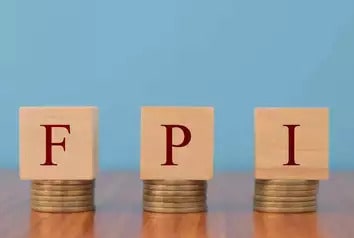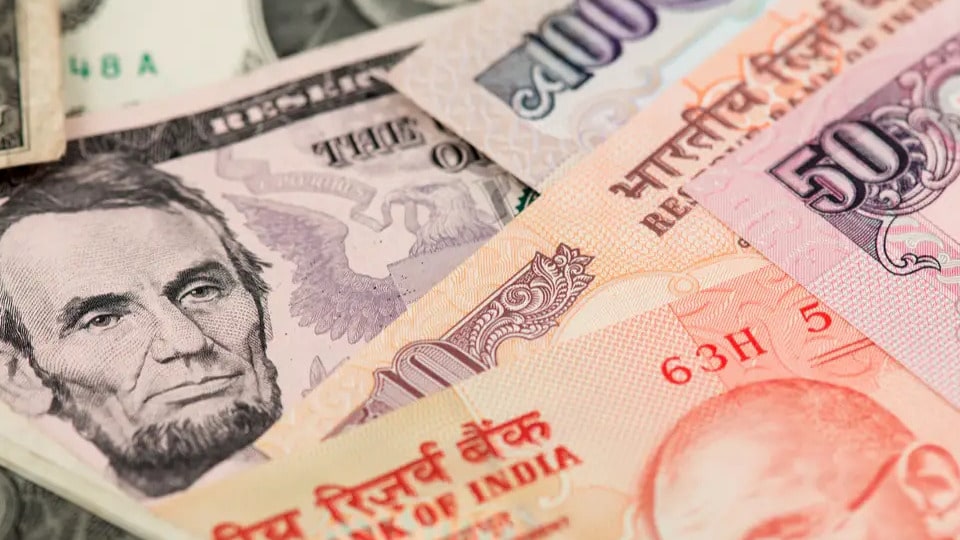Foreign Portfolio Investors (FPIs) have kicked off the new financial year by investing in Indian equities, which are currently available at attractive valuations. FPIs have been net buyers in the Indian equity market so far in the month of April, reversing the trend of net outflows seen in the previous month.
The Indian equity market had witnessed a sharp sell-off in February and March, as rising bond yields and concerns over the second wave of the Covid-19 pandemic had led to a broad-based correction in global equities. The benchmark Nifty 50 index had fallen by over 10% from its all-time high of 15,431.75 points, recorded on February 16.
However, the recent correction in the Indian equity market has provided an opportunity for Foreign Portfolio Investors to buy quality stocks at lower prices. FPIs have been selectively investing in stocks of companies that have strong fundamentals, good growth prospects, and are trading at reasonable valuations.
The recent earnings season has also been positive for Indian companies, with several companies reporting better-than-expected earnings growth in the January-March quarter. The earnings growth was driven by a recovery in demand, cost rationalization measures, and a low base effect from the previous year.
Foreign Portfolio Investors have been investing in both large-cap and mid-cap stocks, as they look to diversify their portfolios and tap into the growth potential of different sectors. The financial and technology sectors have been among the top picks for FPIs, as these sectors are expected to benefit from the ongoing digital transformation and the recovery in the Indian economy.
The Reserve Bank of India’s (RBI) accommodative monetary policy stance has also been supportive of the Indian equity market, as it has provided liquidity support to the banking system and encouraged lending to the real economy. The RBI has kept the repo rate unchanged at 4% in its latest monetary policy review, citing the need to support the economic recovery and maintain inflation within the target range.
The Indian government’s recent announcement of a massive infrastructure spending plan has also boosted investor sentiment, as it is expected to create jobs, boost demand and accelerate economic growth. The government has announced a Rs. 111 lakh crore National Infrastructure Pipeline (NIP) for the period 2020-2025, which includes investments in sectors such as roads, railways, airports, and power.
The government has also announced a series of reforms to attract foreign investment and boost the ease of doing business in India. The recent announcement of the production-linked incentive (PLI) scheme for various sectors, including electronics, pharmaceuticals, and textiles, is expected to attract more foreign investment and boost domestic manufacturing.
The Foreign Portfolio Investors inflows into the Indian equity market have also been supported by the global liquidity conditions, as central banks around the world have maintained an accommodative stance and provided stimulus measures to support economic growth. The US Federal Reserve’s decision to keep interest rates low and maintain its bond-buying program has provided a boost to global equities, including the Indian equity market.
However, there are also several risks that could impact the Foreign Portfolio Investors inflows into the Indian equity market in the coming months. The resurgence of the Covid-19 pandemic in India and other parts of the world could pose a risk to the economic recovery and dampen investor sentiment.
The rising bond yields and inflation concerns in the US could also lead to a shift in investor preference towards fixed income securities and away from equities, including Indian equities. The recent increase in crude oil prices could also put pressure on India’s fiscal balance and current account deficit, and lead to higher inflation.
In conclusion, FPIs have started the new financial year by investing in Indian equities at attractive valuations, after the recent correction in the equity market.










